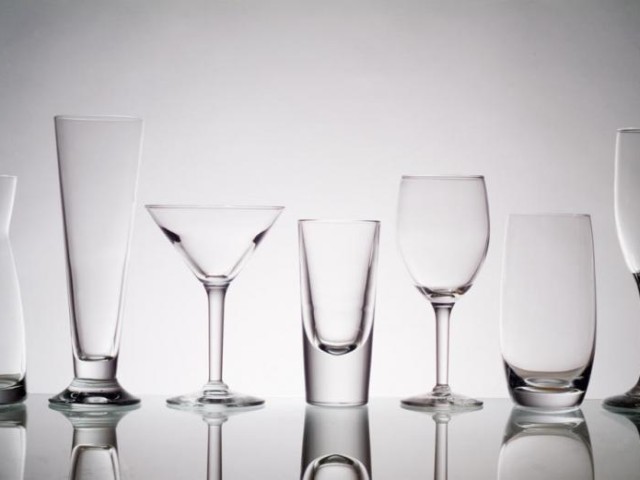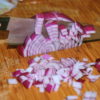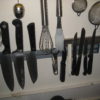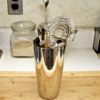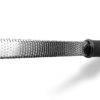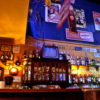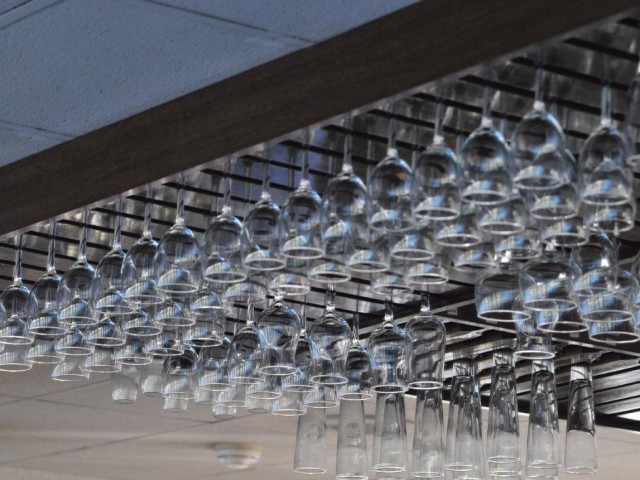By Georgios Pyrgiotakis,
July 10, 2007,
Posted in Bar, Beverage, Gadgets Comments:
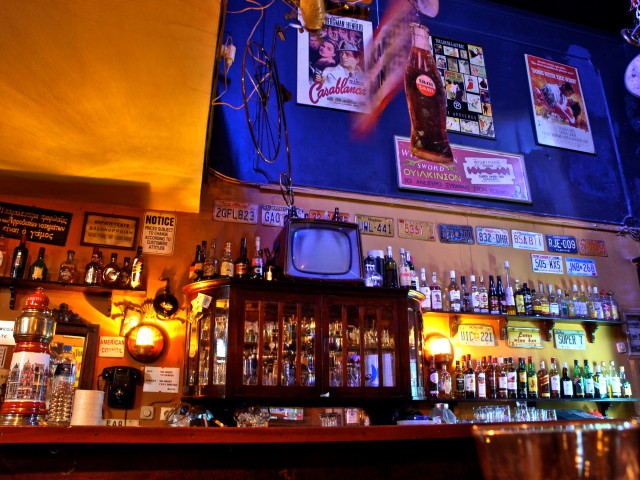
Mixology is referred to the art of mixing beverages alcoholic or not, usually cold in a combination that will yield a drink with a new flavor called cocktail. The word cocktail itself originally was an adjective describing a creature with a tail like that of a cock, specifically a horse with a docked tail; hence (because hunters and coach horses were generally docked) a racehorse that was not a thoroughbred, having a cock-tailed horse in its pedigree (early 19th cent.). Sense 1 (originally U.S., also early 19th cent.) is perhaps analogous, from the idea of an adulterated spirit. Later of coarse the word was used to describe the very well known alcholic (or not) beverages. The earliest known printed use of the word “cocktail,” as originally determined by David Wondrich in October 2005, was from “The Farmer’s Cabinet”, April 28, 1803, p [2]: “11. Drank a glass of cocktail — excellent for the head … Call’d at the Doct’s. found Burnham — he looked very wise — drank another glass of cocktail.” The second earliest and officially recognised known printed use of the word “cocktail” (and the most well-known) was in the May 13, 1806 edition of the Balance and Columbian Repository, a publication in Hudson, New York , where the paper provided the following answer to what a cocktail was: “Cocktail is a stimulating liquor composed of spirits of any kind, sugar, water, and bitters — it is vulgarly called a bittered sling and is supposed to be an excellent electioneering potion, inasmuch as it renders the heart stout and bold, at the same time that it fuddles the head. It is said, also to be of great use to a Democratic candidate: because a person, having swallowed a glass of it, is ready to swallow anything else.”
According to the great book on bartendering “The Fine Art of Mixing Drinks” by David...
Read More
